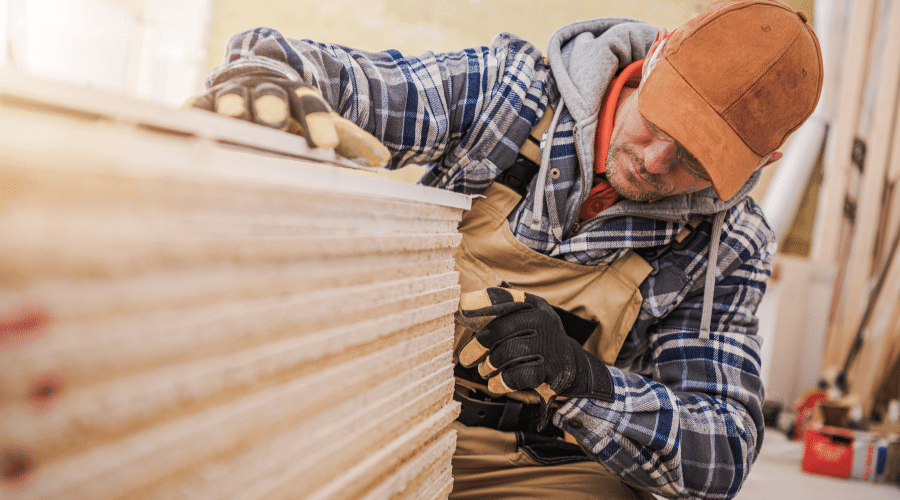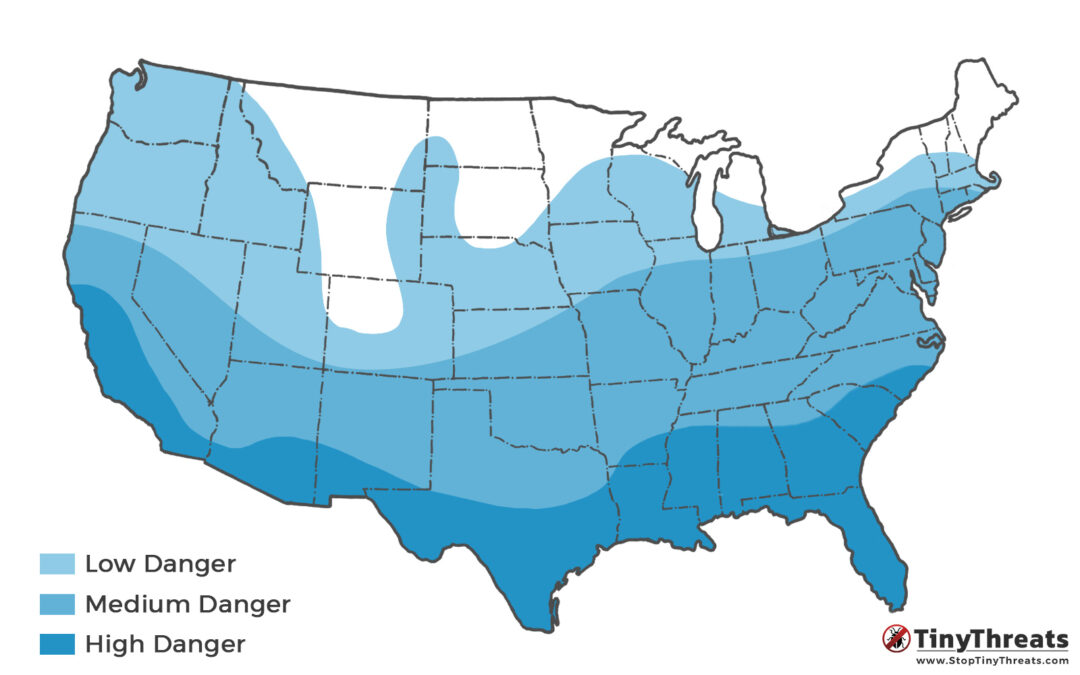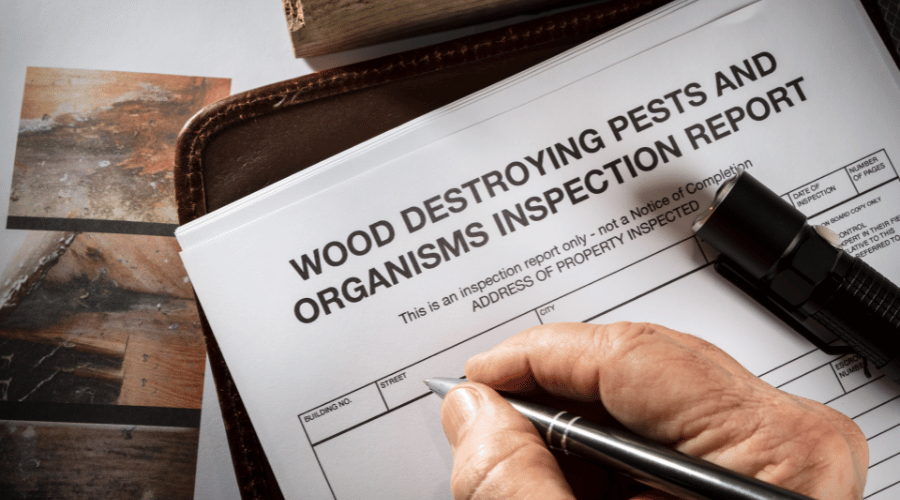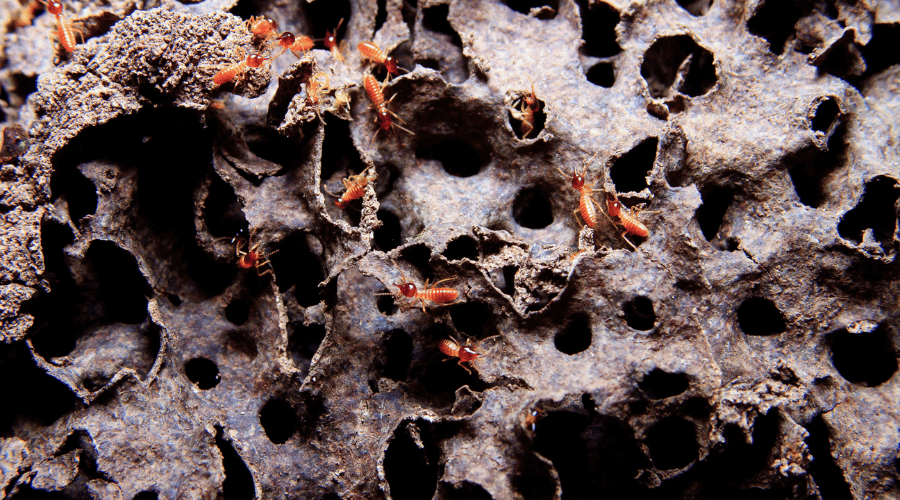Plywood is a popular choice in home construction both for its ease of use and low price. However, against termites, plywood is not optimal. While termite-proof plywood exists, it is still less safe than solid hardwood and other construction options.
But this should not scare you away from using plywood – in many areas of the country, termites are a minimal concern. Especially in the city, you’ll be less at risk than further out in the country. Ask your construction company for advice if you’re building a house. For interior projects, plywood will usually be just fine, too.
Table of Contents
Can plywood be termite proof?
In short: Plywood can be made more termite resistant, but it will still be at higher risk compared to other types of wood.
The ideal wood for most termites is soft and has high moisture – and plywood is usually both.
Plywood consists of many thin layers of wood veneer, glued together in different directions to increase its resistance to breaking or splintering.
During the production process of plywood, the logs are soaked and heated in water to make them softer, which is necessary to cut them into very thin slices (the veneers).
Of course, soft and moisture-retaining is the perfect breeding ground for termites. Even if the plywood is completely dry when you buy it, it absorbs humidity (like after rain or a water leak) much easier than a solid block of hardwood.
So even if plywood is treated against termites, it is one of the easiest types of wood for termites to infest.
Other types of engineered wood are safer against termites, but solid hardwood is usually the best choice for termite resistance.
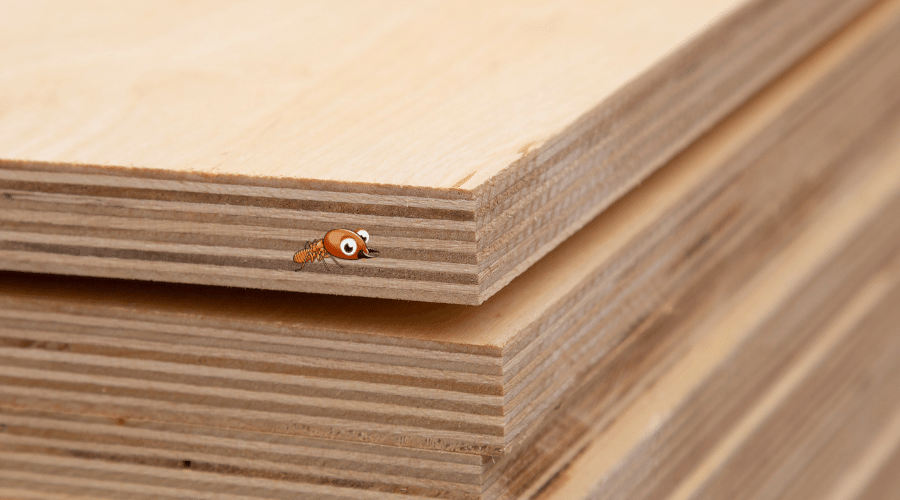
What is termite-proof wood?
To understand the problem, we have to first look at what makes a type of wood termite proof. There are three main ways to achieve that status:
1) Certain types of wood/trees are unattractive to termites. Cedar, for example, is quite resistant naturally because of allelochemicals that naturally occur in the core of cedar trees. Redwood and Teak are other common choices for termite-resistant trees.
2) Pressure treatment: By infusing lumber with termite-repelling or termite-killing chemicals, such as boric acid, termites will avoid the treated wood completely. However, this does rarely prevent 100% of all damage – often, termites might take a few bites before they realize that the wood is toxic to them.
3) Preservatives and Finishes: If you buy untreated wood, you can still treat it with certain anti-termite preservatives or finishes. The exact treatment depends on the product, but as expected, this procedure is far less effective than industrial pressure-treatment.
How to termite-proof plywood?
To termite-proof plywood, you have the same three options as above. The easiest way to get termite-safe plywood is by buying pressure-treated plywood – just make sure that it is specifically resistant to moisture, termites, and ideally other wood-eating insects.
Alternatively, you can look for plywood made from cedar or redwood, which should make the plywood more resistant to termites – but that alone won’t be enough.
Finally, applying a termite pre-treatment like boric acid is another way to protect your plywood against these obnoxious insects.
However, keep in mind that treatment doesn’t last forever!
Industrial pressure treatment may last about 10-20 years, depending on the wood and where you use it. The better the wood is protected – like with a quality finish and with little use/abrasion – the longer the treatment will last.
For DIY treatment, expect to re-do the treatment every 5 years for good protection.
Also, keep in mind that no treatment is 100% termite safe.
Any external treatment only works if there are no cracks in the wood. “Resistant” wood types are not safe, either – termites will still eat them if they have no other options.
And even industrially-treated wood has a guarantee of only 5-20 years for a reason.
So make sure to look for wood with a long guarantee, and read it carefully – only trust it if it fully guarantees no termite damage.
And lastly, don’t be afraid to get recommendations from local construction experts or pest control companies – they usually have many years of experience specifically in your area.
It helps to be mindful of the most common signs of termite activity – spotting them early can save you thousands in treatment and repair.
Common Questions
Do termites like plywood?
Plywood is not a termite’s favorite wood, but it is one of their top choices. Particleboard, especially when humid, may be the favorite, as it consists of easy-to-eat, pre-shredded wood pieces and retains moisture very well. Plywood is also cut into small slices and retains moisture better than most types of solid wood.
Can I use termite-proof plywood outside?
No, even termite-proofed plywood should only be used inside, as the exposure to rain and moisture will quickly erode the treatment. Any wood that is in contact with or close to the soil is also at high risk of subterranean termite infestation.
Use plywood only inside, and keep it away from sources of moisture. Leaky pipes or condensing water can quickly turn plywood into a buffet for termites and degrade the quality of the wood, causing potential structural damage.

